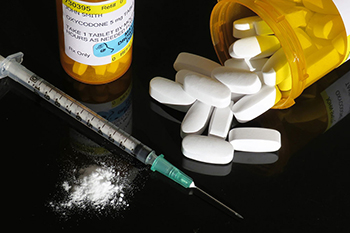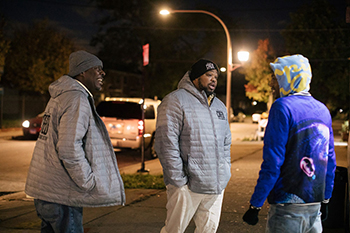IPR's Top 2021 Articles
Beyond the pandemic, our most-read content also covered violence, education, opioids, and racism, among others
Get all our news
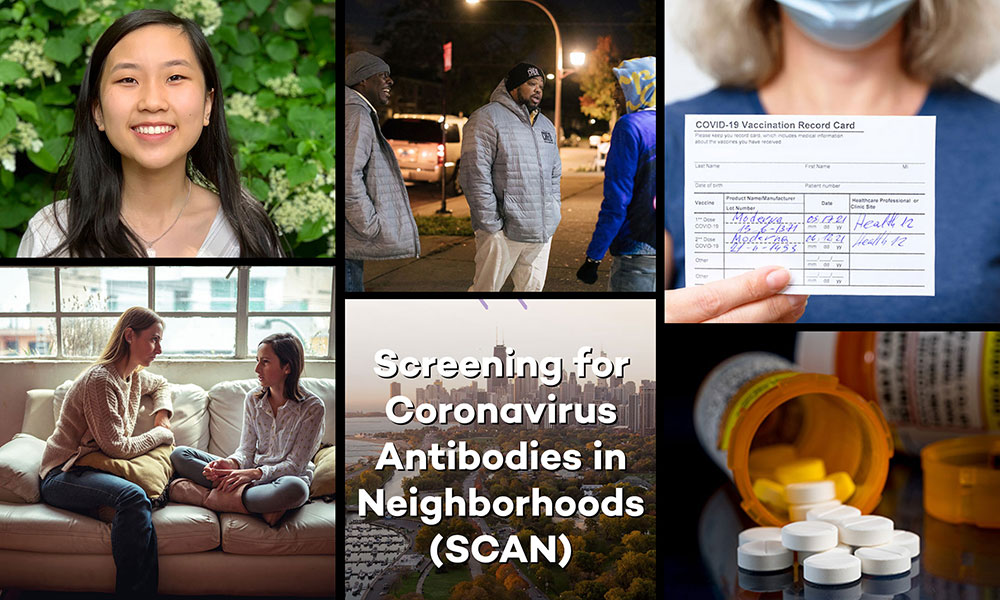
Snapshots from IPR's most-read 2021 articles (captions below)
As the COVID-19 crisis continued to ravage the U.S. and the globe, 2021 saw a January 6 attack on the U.S. Capitol, the inauguration of a new U.S. president, record numbers of homicides, and a vaccine rollout, among other news. Many of IPR’s most-read articles reflect these and other pressing current events. But they also zeroed in on research that reflects ongoing societal concerns, such as the intensifying opioid crisis, the long-term effects of school shootings, addressing racism, and how language boosts infants’ brains.
IPR's Top 2021 Content
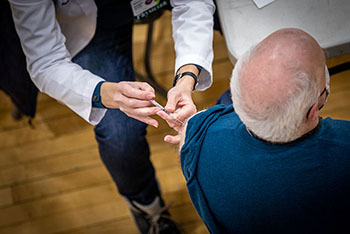
New Survey Shows Wide Gaps in Who is Getting VaccinatedMarch 21, 2021 - In his March 11 primetime address, President Biden pledged that all adults over the age of 18 would have access to a COVID vaccine by May 1. Despite the progress in vaccinating more than 64 million Americans to date, a new national survey of more than 21,000 Americans underscores that wide disparities still exist in terms of who has been able to get a vaccine so far. It also pinpoints how a complex system of vaccine distribution cuts off the people best placed to convince more vulnerable Americans to get one. The researchers from Northwestern, Harvard, Northeastern, and Rutgers, including IPR political scientist James Druckman, conducted the survey between February 5 and March 1. They find that education was the biggest predictor of who had already been vaccinated: 29% of respondents with graduate degrees had already received their COVID shots versus just 9% of those with a high school diploma or less, and the figures were similar for vaccine hesitancy (8% vs. 30%). This survey is part of the ongoing COVID States Project. |
|
|
|
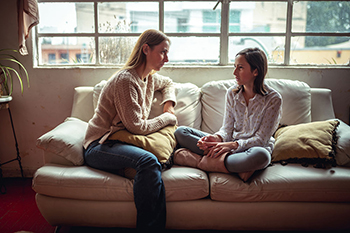
White Parents Need to Talk About Race with Younger Children, Too
|
|
|
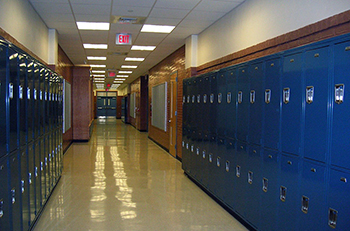
The Cost of School Shootings
January 27, 2021 - More than 240,000 U.S. students have experienced gun violence at school since the 1999 Columbine shooting, according to an analysis by the Washington Post. In a working paper, IPR economists Molly Schnell and Hannes Schwandt, along with Maya Rossin-Slater at Stanford University and Marika Cabral and Bokyung Kim at the University of Texas at Austin, examine the cost of school shootings to the surviving students. Beyond the terrible loss of life—with 147 students, educators, and others killed since 1999—the study is among the first to quantify the long-term impacts of school shootings on the numerous students who survived them. It finds that students do not just “bounce back” from shootings, and they are affected across the board—no matter their race, gender, or socioeconomic status. “You can see that this really sticks with students and affects their long-run trajectories, both in terms of their educational attainment and their economic outcomes,” Schnell said. In the short term, the researchers find students who experience a school shooting are more likely to miss school, be chronically absent, and repeat a grade two years after the event. Longer term, these students are less likely to graduate high school as well as attend and graduate from college. |
|
|
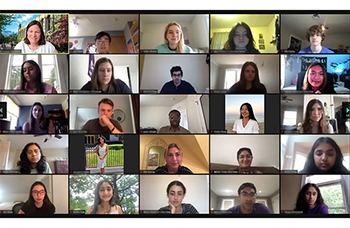
2021 SURA Blog
August 10, 2021 - Each summer since 1998, the Institute for Policy Research (IPR) has run the Summer Undergraduate Research Assistants (SURA) program, which gives undergraduate students first-hand experience in the conceptualization and conduct of policy-relevant social science research. Eight students wrote for IPR’s annual SURA blog about their experience working on research and being mentored by IPR’s faculty. These students worked on a variety of projects including analyzing discrepancies in disciplinary action between Black and White high school students, learning how stress impacts adolescents, and studying communication differences to decrease autism’s stigmatization. “Social science research is unpredictable, and adaptability is key,” wrote rising junior Angie Li in a blog post. “This adaptability is also important when new adversities arise, especially that affect children, such as the double pandemic of racism and COVID-19.” Li worked with Dr. Nia Heard-Garris, an IPR associate, in the ARISE (Adversity, Racism, Inequities, Structures, and Empowerment) Health Lab, which focuses on investigating how adversity and structural influences impact adolescent health.
|
|
|
|
Photo captions and credits:
Top image: (Clockwise from the top left) Headshot of Angie Li, a Summer Undergraduate Research Student (courtesy of A. Li); Chicago CRED street outreach workers connect with at-risk men in Chicago to prevent gun violence (B. Kinney, CRED/Emerson Collective); Woman holds a vaccine card (iStock); Bottle of prescription opioids (iStock); Screenshot of SCAN website; Stock photo of mother talking to her child (iStock)
Images for articles by rows from left to right: A Des Moines public school employee gets the first dose of the COVID-19 vaccine on February 6 ( P. Roeder, Flickr); Different types of opioids (iStock); An assay plate contains mailed-in samples of reconstituted blood (courtesy of T. McDade); Stock photo of a mother talking to her child (iStock); Chicago CRED street outreach workers connect with at-risk men in Chicago to prevent gun violence (B. Kinney, CRED/Emerson Collective); Stock photo of school hallway (Pixabay); Protesters in Kansas City, Kansas, call for measures to ensure equity in policing in July 2020 (J. Martinez, Flickr); Screenshot of SURA orientation on Zoom; Mother talks to her young child (LaVange, Flickr); A student sits behind a protective shield inside a school classroom in October 2020 ( A. Shelley for American Education, Flickr)
Published: December 14, 2021.
